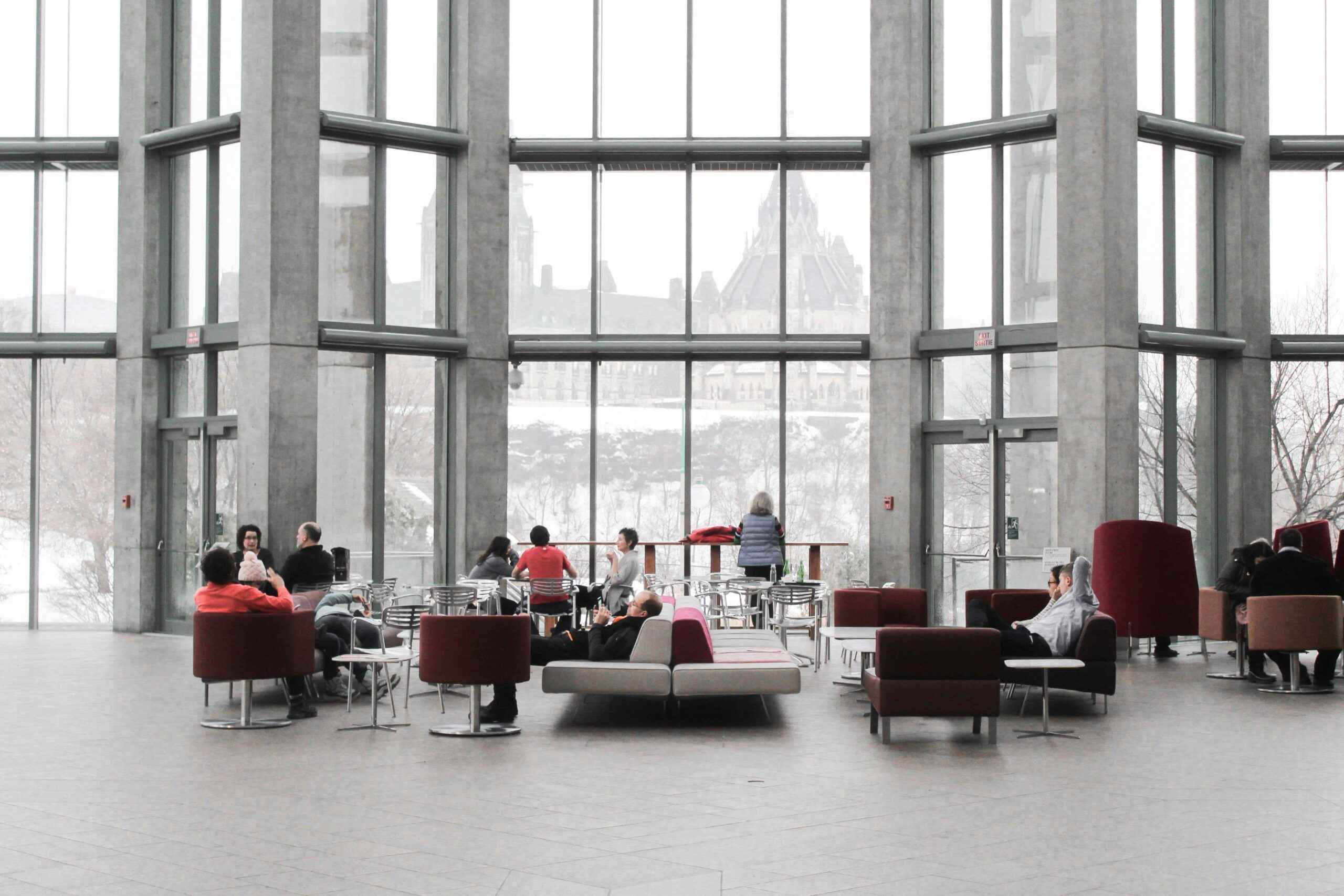
Sydney’s government entity faced a unique challenge: with offices scattered across the city and surronding areas, employees struggled to find a central place to gather and work. The workforce was a diverse mix of high-vis workers, blue-collar, white-collar, and technology professionals. Therefore, the government wanted to build a place “where everyone felt at home.”
The existing hub-and-spoke real estate strategy had its benefits, but collaboration remained a challenge. If two colleagues wanted to meet, they could be an hour or more apart, with no convenient place to rendezvous.
Hassell, a renowned design firm, had a solution for the government: to create a new typology of workplace – the “clubhouse” – that would serve as a central hub, connecting employees and clients from all corners of the state. The space was accessible from anywhere, so people could easily commute there.
Determined to bridge this gap, the entity secured 2,400 sqm (26,000 sqft) in a new, centrally located building. The office, spanning a single floor, was divided into three distinct zones.
The first area was built for socialising, collaborating, and meeting. It featured a large event space, meeting and workshop rooms, lounges, and a café. Visitors from outside the organisation were greeted by the concierge team and immersed in a space showcasing the purpose, technology, and products created by the organisation.
The second zone was the collaboration area, designed to feel like a private coworking space open to all the organisation’s employees. Accessible through a booking system and equipped with sensors to measure occupancy patterns, it contained work lounges, meeting areas, drop-in working spaces, focus rooms for video calls, and an 80-person immersive town hall space.
The third and last zone was for the tech startup within the entity, whose work patterns differed significantly from the rest of the organisation. This area included project rooms, spaces for specialist equipment, open and enclosed meeting areas, stand-up huddles, and 24 unassigned desks following an activity-based workplace model. It was tailored to their unique needs, fostering innovation and collaboration.
“Although the clubhouse is geared around collaboration, you still need space for people to duck away and work by themselves. These don’t need to be formal settings. They can be high-back couches, kitchen or team tables and phone booths. But you need somewhere – it can’t all be collaboration space.,” wrote Dr.Daniel Davis, Head of Research at Hassell.
The 24 desks were the only desks in the entire office. Those needing to use a table could pull out their laptop and work in the café, take a phone call from one of the booths, or send a few emails from a large communal table with supportive chairs and built-in power in the work lounge.
However, for desks with monitors and adjustable chairs designed for all-day use, Hassell designed only 24 spots. “It’s not quite a completely desk-less office, but it definitely has fewer desks than normal,” said Dr. Davis
Recent research by Hassell on tech companies’ use of offices found that employees who can decide where they work spend twice as much time in meeting rooms when they are in the office compared to those with formal hybrid policies.
The report finds that the impact of return-to-office (RTO) policies does not have a “significant” impact on office utilisation. Moving from a policy that lets employees decide when to come in to a mandatory three-day, in-office hybrid policy only increases peak daily utilisation by 17%, the report found.
Their report “State of Tech Industry Workplaces” also found that within the US tech companies, average peak utilisation of offices does not exceed 34%, yet up to US$40 million in rent costs are wasted annually on underused space.
“Tech companies have traditionally been workplace leaders. Their amenity-rich offices nurtured billion-dollar businesses and untold envy. Then the pandemic happened. Many quickly adopted hybrid and remote work. Now, some of those offices sit underutilised while others struggle to accommodate new work patterns,” said Dr. Davis.
“This misalignment of space and work patterns doesn’t just result in empty chairs; it represents a significant drain on financial and environmental resources,” he added.